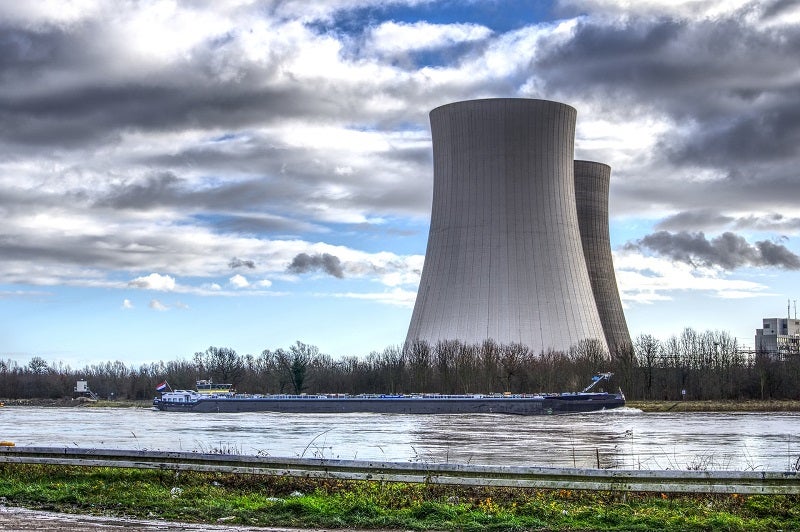U Thai Power Project is a 1,600MW gas fired power project. It is located in Phra Nakhon Si Ayutthaya, Thailand. According to GlobalData, who tracks and profiles over 170,000 power plants worldwide, the project is currently active. It has been developed in multiple phases. Post completion of construction, the project got commissioned in June 2015. Buy the profile here.
Description
The project was developed by Gulf JP UT. Electric Power Development and Gulf Energy Development are currently owning the project having ownership stake of 60% and 40% respectively.
It is a Combined Cycle Gas Turbine (CCGT) power plant. The power plant run on dual-fuel. The primary fuel being used to power the plant is natural gas. In case of shortage of natural gas the plant can also run on Diesel.
Development status
The project got commissioned in June 2015.
Power purchase agreement
The power generated from the project is sold to Electricity Generating Authority of Thailand under a power purchase agreement for a period of 25 years. The contracted capacity is 1,600MW.
See Also:
Contractors involved
Mitsubishi Power was selected to render engineering procurement construction services for the gas fired power project.
Mitsubishi Power was selected as the turbine supplier for the Gas fired project. The Gas fired project consists of 2 steam turbines.
Mitsubishi Power was selected as the turbine supplier for the Gas fired project. The company provided 4 units of M701F4 - 50Hz gas turbines.
Mitsubishi Power supplied electric generator for the project.
Mitsubishi Power supplied electric generator for the project.
Nooter/Eriksen supplied steam boiler for the project.
Nooter/Eriksen supplied steam boiler for the project.
Mitsubishi Power is the O&M contractor for thermal power project.
For more details on U Thai Power Project, buy the profile here.
Premium Insights
From

The gold standard of business intelligence.
Blending expert knowledge with cutting-edge technology, GlobalData’s unrivalled proprietary data will enable you to decode what’s happening in your market. You can make better informed decisions and gain a future-proof advantage over your competitors.




